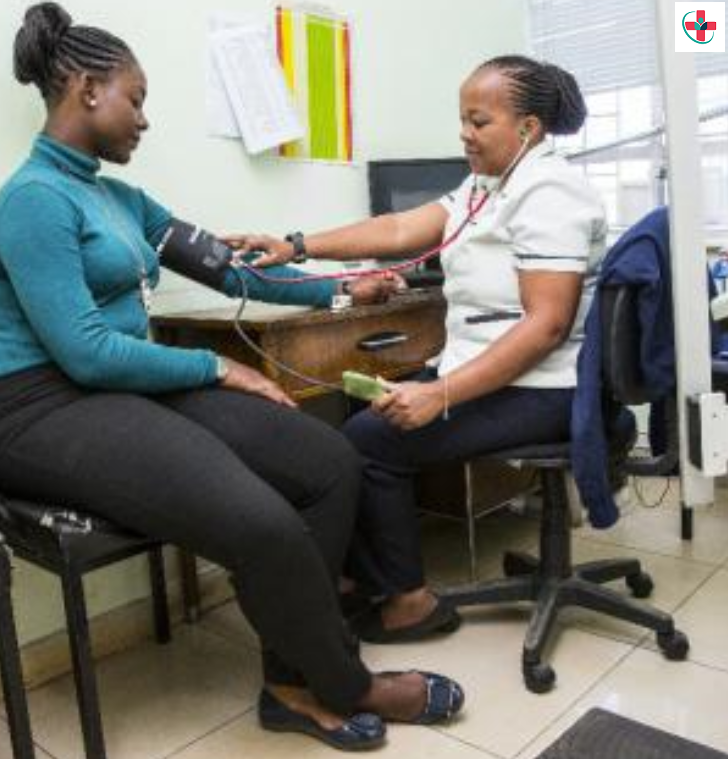Going to the doctor or OB/GYN for an annual exam can be stressful and uncomfortable enough without having to add the confusion of what all is going on to the appointment. We walk you through what typically occurs so that you know what to expect and which tests to ask your doctor for if they aren’t done automatically.
PAP SMEAR, STI AND PRECONCEPTION TESTS
1. PAP SMEAR/TEST
What is a Pap smear designed to detect?
A Pap smear’s main objective is to detect cervical cancers. According to cancer.gov “virtually all cervical cancers are caused by HPV.” When a woman is given a pap smear, the doctor will insert a tool designed to go inside the vagina, scrape the cervix, and then send the samples off for testing. The sample will be tested for abnormal cells, which will ultimately determine if there is a potential cancer present. If abnormal cells are found, a test for HPV also may be conducted. Because this exam requires the physician to examine the vagina this test could also aid in detecting bumps/sores associated with herpes, genital warts, or syphilis. But a woman could still have those STDs without bumps being present, so it’s important to specifically receive STD testing. The Centers for Disease Control and Prevention (CDC) reports that most people who contract herpes show no visible symptoms.
You should have a Pap test every two years. This screening test is important to pick up signs of irregularities that could lead to cervical cancer if not treated. The first test should be within two years of the first time you have sex, and you should continue to have them every two years until you are 70. Even if you have been vaccinated, you should continue to have regular Pap tests. If you are at an increased risk of cervical cancer, you may need more regular testing. Let your Doctor advise you.
2. STI SCREENING
What happens during an STI check-up?
Just as the risk of contracting an STI varies from person to person, a sexual health check-up will also vary from one person to the next.
If you request an STI check-up, because you have had unprotected sex or you wish to get a clean bill of health before commencing a new sexual relationship, your doctor may request a more thorough STI screen. Under these circumstances, your doctor may also request more information on your sexual history than if they were simply offering a routine test.
Other significant reasons to get tested for multiple STDs include:
- If you have a new partner
- If you have had multiple partners
- If your partner has been with other partners and has not been tested or is not monogamous
- If you and your partner have unprotected sex
- If you suspect you have an STD
- If you suspect your partner has an STD
If you are sexually active, you should get tested for chlamydia every year between the ages of 15 and 29. Chlamydia is very common and does not always show symptoms. The test is a simple urine test. If you are at risk of other sexually transmissible infections, talk to your doctor about further testing.
Each STI requires a specific sample to be taken for laboratory analysis. In many cases, a single sample will be tested for multiple infections at once. The following is a list of samples that your doctor might require:
- Urine: to identify chlamydia and gonorrhea.
- Vaginal or cervical swab (women): can be used to grow (or 'culture') infectious organisms such as gonorrhea and trichomonas in the laboratory. A Pap smear is often performed at the same time.
- Anal, urethral, or throat swab (men): Swabs from specific sites help to ensure that chlamydia and gonorrhea infections do not go undetected. MSM will commonly be tested at all sites, whereas heterosexual men are usually only required to provide a urine sample.
- Blood: is used to detect the presence of antibodies, proteins made by the body in response to a specific infection. Antibody tests are used to diagnose HIV, hepatitis A, B and C, and syphilis. Most infections have a window period between when exposure to the infection occurs and when it can first be detected through laboratory tests. This window period can last up to 12 weeks for HIV and syphilis, and retesting once this window period has elapsed is the only way to ensure that new infection is detected.
Test results are usually available a few days after samples are collected; however, rapid HIV tests that can provide on-the-spot results are being adopted by some services as a preliminary screening tool for people at high risk of infection.
3. PRECONCEPTION TESTS
You should have a general check-up before getting pregnant to discuss any health risks during pregnancy. Once you are pregnant, regular antenatal checks help monitor your baby’s development, pick up abnormalities and assess your health. Tests include ultrasound scans, urine tests, blood tests, and genetic tests. Some antenatal tests are recommended for all pregnant women, while others are only necessary for women at an increased risk of complications. Be advised by your doctor.
